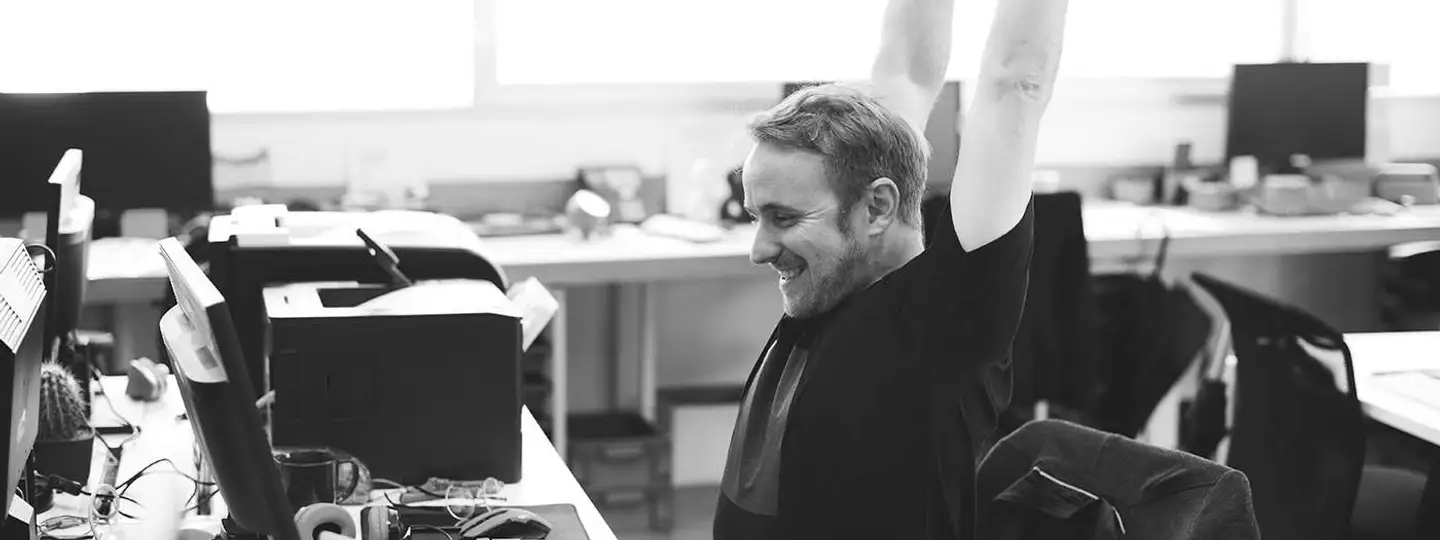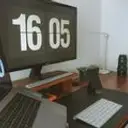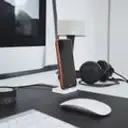Many of us take breaks when we start to notice signs of burnout, but did you know that taking smart breaks can also help you get more done throughout the day? We can’t increase the number of hours in a day, but we can affect our productivity within those hours. Recent studies have shown that, paradoxically, we can actually get more out of our time by spending less of it in strict focus on a task. Our performance decreases the longer we remain focused on a task, but we can improve performance by taking breaks. Not all breaks are created equal, however, and so we’ve put together four tips for making the most of your time and productivity with effective breaks.
1. Identify your chronotype or peak focus time
Before breaks can really help you boost work time productivity, it’s important to identify your chronotype. Work, management, and behavioral science author Daniel Pink identifies three different chronotypes: the lark, the owl, and the third bird. That is, people who are most productive and focused in the morning, in the evening, or as with many people, a mix of the two. Larks, for example, experience a period of heightened focus and analytical ability in the morning (the peak), followed by a trough period in the early afternoon, and then a recovery time of weaker focus but improved mood and creativity later in the day. Owls are the opposite, and the third bird experiences a mixture of patterns. Knowing your chronotype is key because breaks will make the most impact on productivity when taken during the trough and recovery periods.
Schedule 10 – 15 minute breaks in your trough and recovery times
Breaks during the trough and recovery periods will reset mental energy and improve focus for analytical tasks. Research shows that the human energy levels pulse, or come in waves, and that most people need to renew mental energy levels every 90 minutes. Therefore, schedule breaks 10 – 15 minute breaks roughly every 90 minutes during your trough and recovery periods. Managing time this way will help you return to work with renewed energy, focus, and creativity.
Take a best practice break: detach, move, socialize
It’s important to understand which kinds of breaks are truly regenerative, and which are not. Taking a break from work to check email or social media will have low to no returns on productivity. In fact, try to avoid staying at your desk. According to Pink, the most effective breaks involve totally detaching from work-related tasks, movement, and social interaction with other people. Consider finding a break partner and going for 10 – 15 minute walks outdoors together. If you can’t get outside, try at least to find a window with a good view outside. Again, the crucial thing is to temporarily disengage with work and put yourself in a more social, organic environment. This will recharge your brain for renewed focus on complex analytical tasks.
Treat breaks the same as scheduled meetings
To get the most out of breaks, don’t think of them as optional downtime. Breaks rejuvenate us mentally much like sleeping or eating rejuvenate us physically. Skipping lunch or staying up all night may give you more time to work, but does it make you better at your work? Unlikely. And just so with breaks. In the end, the productivity gains of effective breaks far outweigh the time investment. Consistency will help make your time management and productivity even more efficient. Schedule breaks throughout your day and adhere to that schedule as though the break were important work meetings. After all, the (ostensible) purpose of meetings is to improve work effectiveness, and that’s just what breaks do as well. As Pink puts it: One of the things that I've discovered and in fact changed my own behavior on is that my view always was amateurs take breaks; professionals don't. And it's the exact opposite. Professionals take breaks. Amateurs don't. Breaks are part of performance. They're not a deviation from performance.






